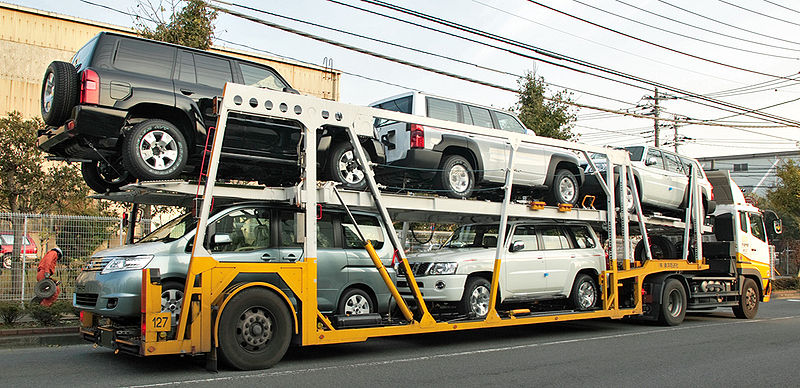Nobody likes their vehicle being mishandled, right? When you take precautions while driving the car or cleaning it, you’d expect that the transport services must also take an equal amount of effort to prevent scratches or dents. The car transport service is useful when you require relocating to a new place. Not everybody likes driving long routes and burning fuel for no reason. Hence, auto transport is the best solution.
Here is a set of procedures for how the auto transport companies function to keep your vehicles safe during the transit.
You can also check out Car Transport Companies for more great options.
Personalized Approach
The best and renowned transport companies work as per the guidelines laid by the FMCSA (Federal Motor Carrier Safety Administration). The FMCSA regulates the trucking services in the USA. Every auto transport must understand the requirement of each client. Some customers ask for faster delivery, shipping the belongings together, or moving a non-operational vehicle.
To fulfill the customer’s expectations, the auto transport company offers a personalized service. Every vehicle is checked thoroughly for dents or scratches before the pick-up. Verification of documents such as registration papers of the car, license number, owner’s ID proof, etc. occurs before loading the car on the trailer.
Inspection of Vehicles
The auto transport companies must check all the vehicles for a fuel leak and oil leak. This is done to prevent sliding of the vehicles from the railing on the trailer. Every vehicle’s size, weight, and other dimensions are taken into consideration for segmenting the fleet.
Also, the fleet is further segmented into open-air transport and enclosed transport. So, the inspection clarifies how many vehicles can be loaded on the upper railing and lower railing on a trailer. Most of the enclosed transportation comprises a container with one or two cars at a time.
Prevention of Movement
When the trailer moves, there will be jerks, bumps, and vibration during transportation. So, to prevent the vehicles’ movement within the container, the vehicles are strapped, and the wheels are blocked.
The hand-break of the car is also applied to prevent the vehicle from moving. In some cases, they use chains to ensure that the car stays in place even after frequent jerks.
Monitoring the Shipment 24*7
Today every vehicle is installed with a GPS. It helps in keeping track of the location. Likewise, the transport services ensure that they monitor their shipments on an hourly basis and keep track of every trailer movement. It ensures quick response and assistance; in case any emergency arises.
Monitoring also helps in learning which shipment has reached the destination and which is on the way. The customers get a real-time update about the expected time of the delivery.
Maintain a Speed-limit
The standard speed limit for rural freeways is 70 mph, and the minimum speed limit is 45 mph. The speed limit for four-lane divided highways is 65 mph, and for the other highways, it is 55 mph.
Every trailer has to abide by these speed-limiting rules to prevent mishaps on the highway. Most of the trailers have an in-built blocker that limits the speed once it crosses a specific mark.

